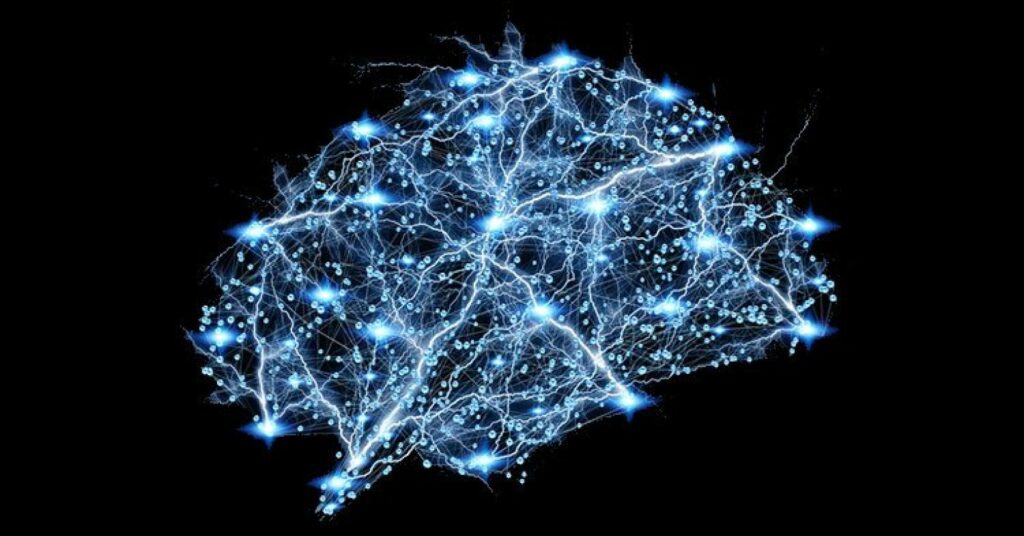The ability to recognize human emotions is a fundamental aspect of survival. It allows us to engage with others socially, detect threats and dangers, strengthen social bonds, and enable cooperation and conflict resolution. But how does our brain recognize and react to different emotions? A recent study published in Nature Neuroscience answers the question of how the brain processes social cues to recognize emotions accurately. There is a correlation between the activity of the prefrontal cortex and the retrosplenial cortex, a brain circuit that has never been studied previously. The findings may lead to the development of therapeutic strategies targeting specific brain circuits and increasing treatment efficacy for those who suffer from neurological and psychiatric disorders.
article continues after advertisement
What Is Facial Emotion Processing?
Facial emotion processing refers to the ability to perceive, interpret, and respond to emotional expressions on human faces. It involves detecting and recognizing facial expressions of basic emotions like happiness, sadness, anger, fear, disgust, and surprise. Facial emotion processing develops rapidly in early childhood and continues to be fine-tuned throughout middle childhood and adolescence as the neural systems mature. It is a key component of social cognition, providing crucial information about the social environment and potential threats or positive interactions.
Facial emotion processing is important for several reasons. Being able to rapidly and accurately interpret facial expressions allows people to have appropriate social responses. This is critical for effective communication and adaptive social behavior. Deficits in this ability can impair social cognitive skills.
A number of neurological and psychiatric disorders show varying levels of facial emotion recognition impairment. A previous study compared facial emotion recognition in patients with dysfunctions in the frontotemporal part of their brain, as well as in patients with abnormalities in their dopaminergic system. They looked at patients with mild cognitive impairment, Alzheimer’s disease, major depressive disorder, Parkinson’s, schizophrenia, and a few other neurological and psychiatric disorders. They found that deficits in facial emotion recognition are dependent on neurodegeneration of the frontotemporal neural networks, areas crucial for processing emotions and social cues.
article continues after advertisement
Exploring the varying degrees of impairment in recognizing facial emotions among diverse clinical and high-risk groups holds promise for advancing the diagnosis and treatment of these conditions. Additionally, it offers insight into the underlying neurobiological processes involved in perceiving emotions.
Identifying Socio-Cognitive Brain Networks
In order to understand how different regions of the brain communicate to recognize others’ emotions, The Genetics of Cognition research group coordinated by Francesco Papaleo at the Italian Institute of Technology (IIT) conducted a study with over 1,200 human volunteers. Participants watched faces with different emotions for about seven minutes while images of their brains were collected using magnetic resonance imaging. The researchers used fiber photometry recordings and optogenetic manipulations on mice in order to measure and control the activity of specific neurons in specific parts of the brain. This allowed them to investigate the causal relationship between neural activity and behaviors.
Using these innovative methods, the researchers found a connection between the medial prefrontal cortex and the retrosplenial cortex involved in emotion recognition. The medial prefrontal cortex plays a crucial role in social cognition and processing social information, including reflecting on the thoughts and feelings of others. It plays a fundamental role in social cognition, self-knowledge, theory of mind, and processing social information.
article continues after advertisement
The retrosplenial cortex is further back in the brain and plays a significant role in spatial navigation, episodic memory, and scene construction. It acts as a key integrative hub, combining spatial, contextual, and mnemonic information from cortical and limbic regions to support navigation, episodic memory, and scene construction abilities.
When recognizing emotions, there is reduced activity in specific medial prefrontal cortex to retrosplenial cortex projections, while activation in the other direction is also involved. These findings are present in both the human brain imaging studies and the mouse brain studies. The study identified a subset of medial prefrontal cortex neurons expressing somatostatin, a peptide hormone that acts as a neurotransmitter, that project to the retrosplenial cortex, contributing to emotion processing.
Neuroscience Essential Reads
The findings suggest potential implications for understanding and treating psychiatric disorders characterized by impaired emotion recognition, such as schizophrenia. Restoring the function of the medial prefrontal cortex to retrosplenial cortex somatostatin projections could be a promising therapeutic approach. Overall, the study sheds light on the neural mechanisms underlying emotion recognition and its relevance to social cognition and psychiatric disorders.
Source link : https://www.psychologytoday.com/za/blog/best-practices-in-health/202406/how-your-brain-recognizes-emotion-through-brain-circuitry?amp
Author :
Publish date : 2024-06-04 20:57:15
Copyright for syndicated content belongs to the linked Source.
